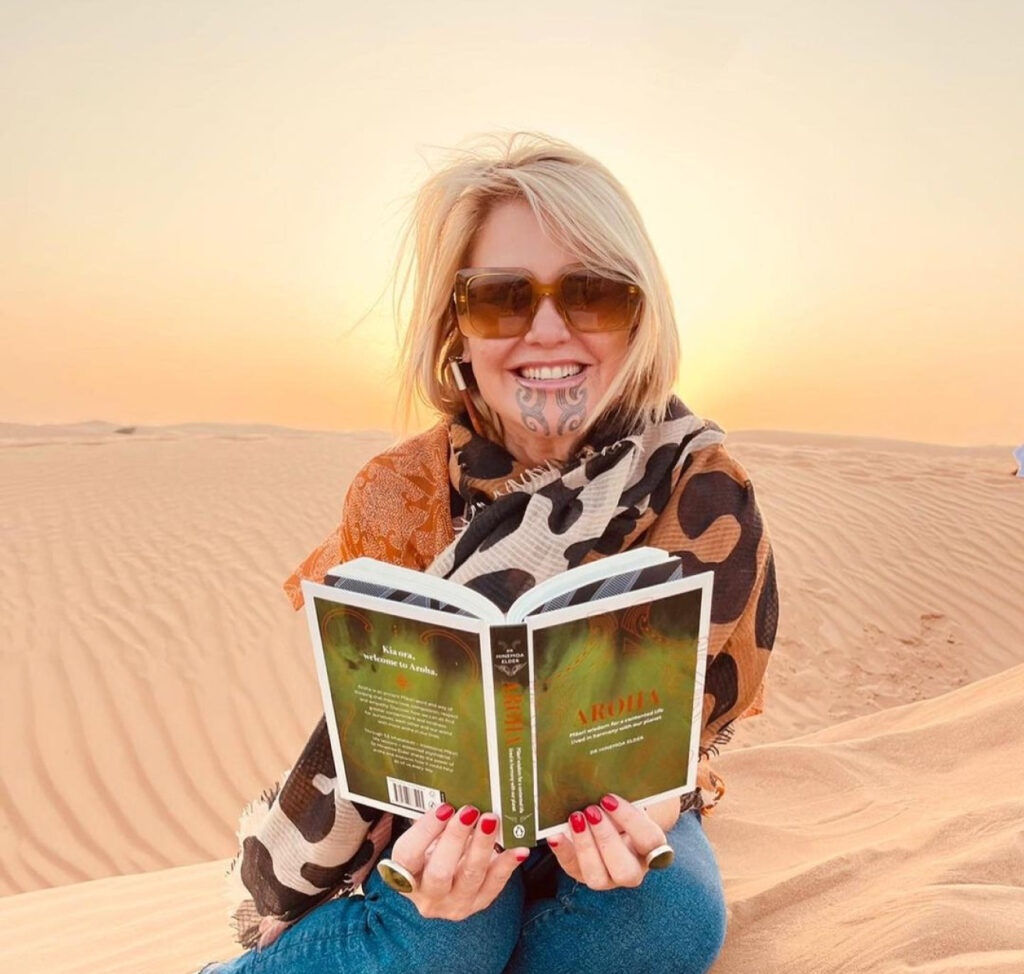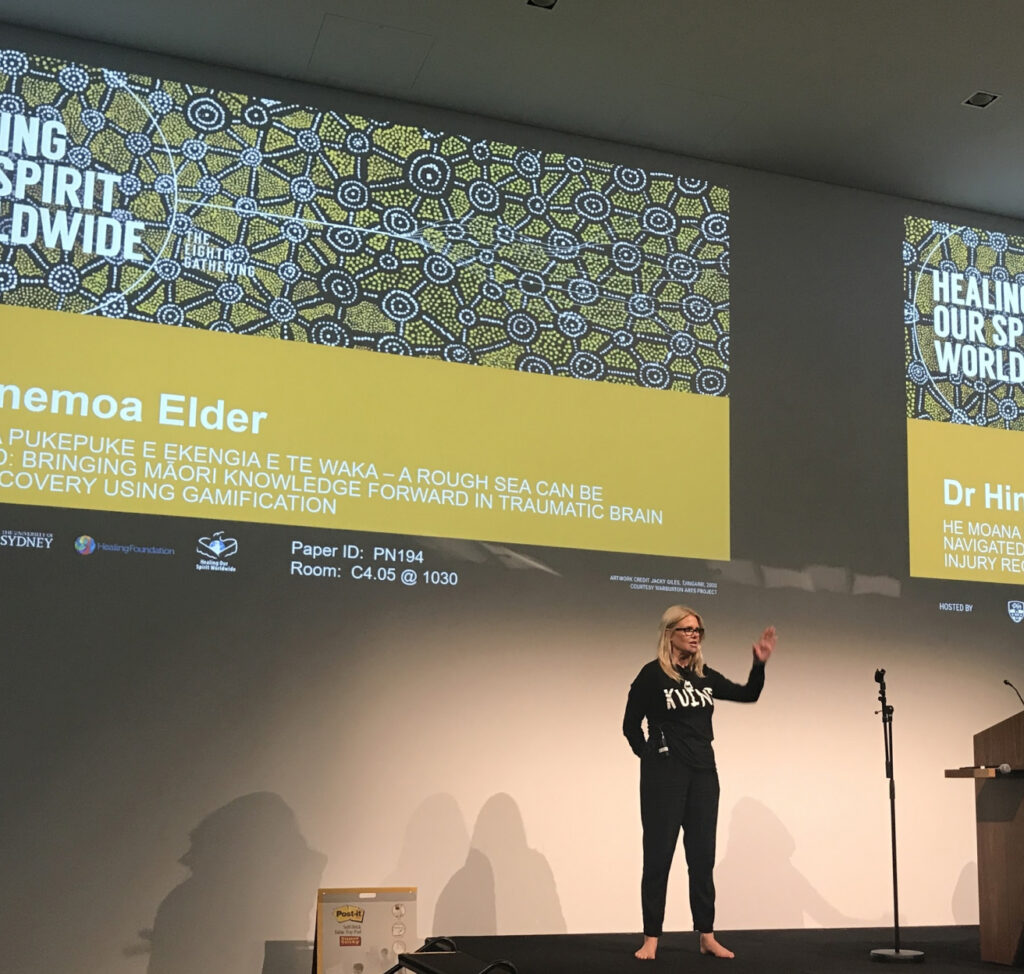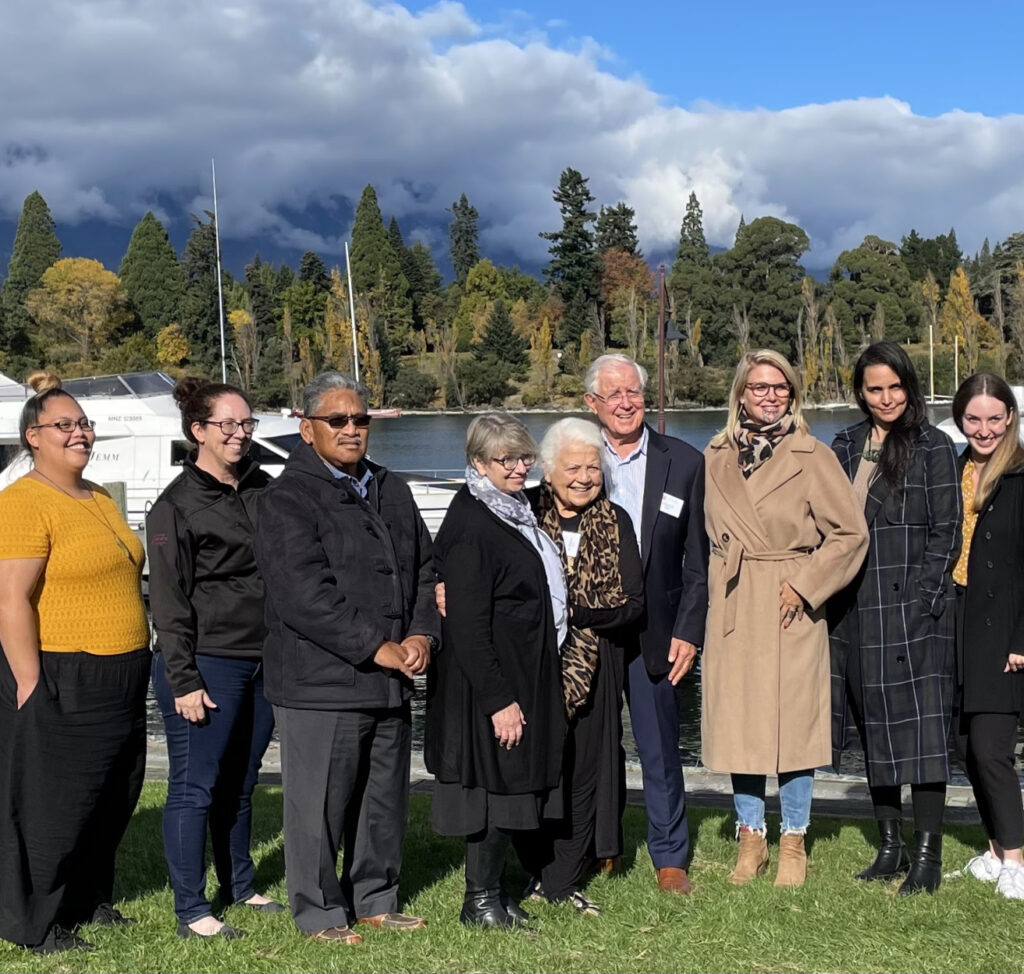
Be well and hello
Kia ora, this is one respectful and not too formal way we greet each other in our treasured language, Te Reo Māori.
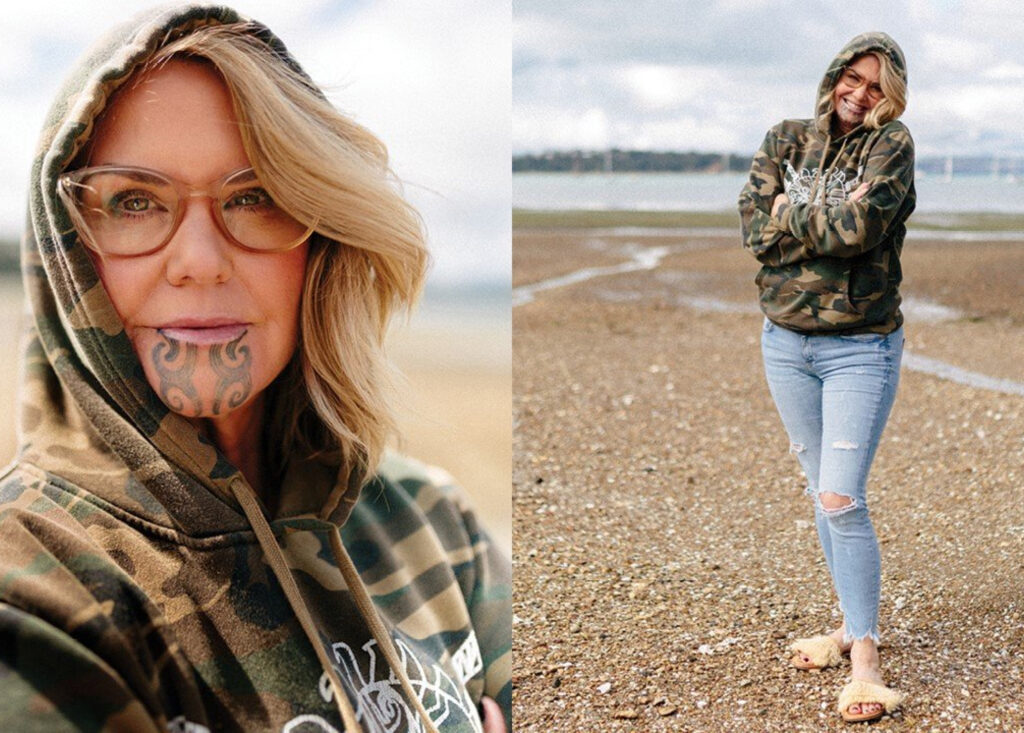
I am a descendent of Te Hiku o te Ika, the far north, the tail of the fish. From Muriwhenua the land and Muriwhenua the woman.
I wear a few hats: listener, questioner, collaborator, mum. Author, speaker, mentor, advocate. I like to get things off the page and into reality. Throughout my life and career I have been driven to make a practical difference.
I have been a Fellow of the Royal Australia and NZ College of Psychiatrists since 2006. And a jobbing child and adolescent psychiatrist ever since. At this stage I am the only Māori child and adolescent psychiatrist working in my field that I know of. Working directing with our whānau is an honour and a privilege. It is often life and death work. Those statistics you read are people. Much of the mental suffering we see is preventable. Suicides preventable.
In my training I worked alongside our tamariki, our children with traumatic brain injuries. What I saw was a cultural desert where our cultural values and beliefs were absent. I wanted to understand how Māori cultural resources could help. I set about exploring practical solutions. This was the springboard into my PhD (2012) and then NZ Health Research Council Eru Pomare Post-Doctoral Fellowship (2014-18). Marae-based, Rangahau Kaupapa Māori, research undertaken with our own cultural resources and knowledge systems, enabled the development of tools for our whānau, extended families, with traumatic brain injury and their health workers. These tools are now used in rehabilitation and research. Crucial to the process was producing meaningful, practical results that could withstand critique first from our kaumātua, as well as academia. We got those words off the page and into practice, into the hands of whānau and health workers.
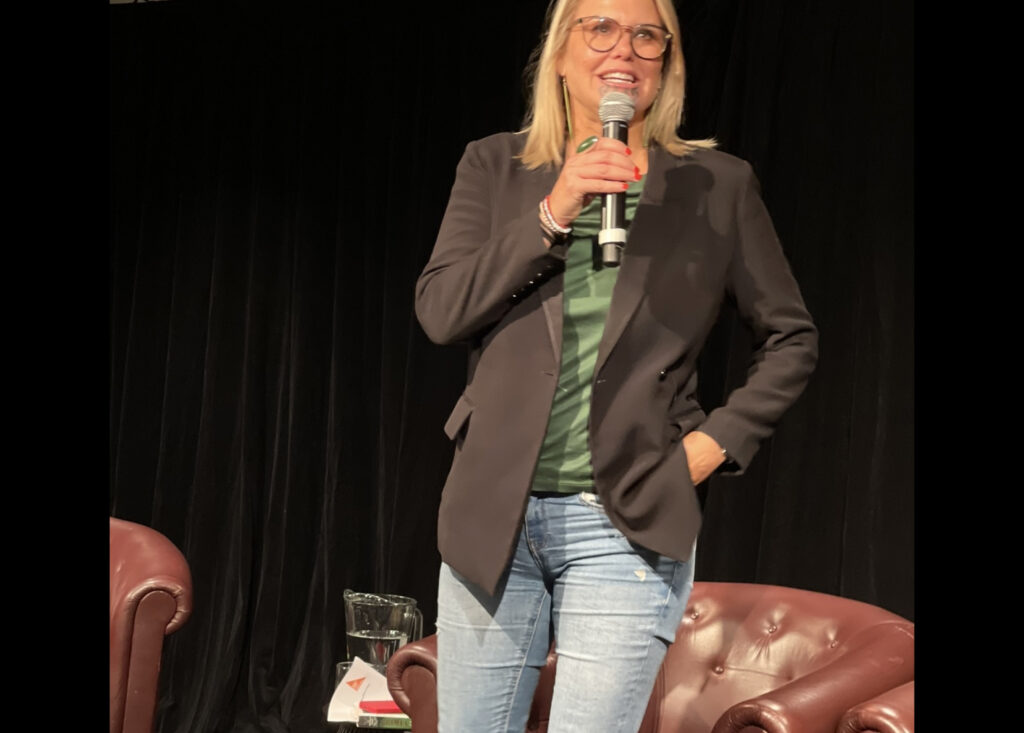
“Indigenous wisdom in action is the missing global ingredient for meaningful positive change.”
Working with the most severely mentally unwell young people and their families in Te Ika a Māui, the North Island, and with Māmā with severe mental illness in our region and their pēpi, at Starship Children’s Hospital in Tāmaki Makaurau, Auckland, and seeing them regain their wellbeing is what drives our team. This is practical real world work.
From an early age I loved dance and choreographed a TV commercial for Bata Bullets in the 1980s before heading overseas. I was also involved in theatre productions at school and University. I have fond memories of performing in “Outside In”at the Assembly Rooms, Edinburgh Festival in 1986. Working in a daily live children’s television programme “3.45 LIVE!” in 1990 and the presenting “The Bugs Bunny Show” in 1991 were incredible opportunities that came about because of the support of my women friends. Later, art organisations governance roles, chairing the Auckland Theatre Company Trust Board in the 1990s and then as the inaugural Chair of Te Taumata a Iwi, the Arts Regional Trust from 2001 for 8 years were a way to continue to contribute to the creative sector. More recently governance roles have combined experience as a mental health professional and business women, as a board member of Emerge Aotearoa, a national mental health, addiction and social housing NGO for 6 years. And latterly as a director on two commercial boards for one of our iwi, Te Aupōuri.
My mother died from Breast Cancer in 1991, I was pregnant with our son. Mum gave her body to the Medical School to help others. A big deal for a Māori whānau. Her life and journey of courage with a fatal disease inspired me into medicine. My brother took his own life in 1999 and that alongside the myriad of both mental health challenges and potential affecting every whānau, every extended family, led me to become a child and adolescent psychiatrist.
I feel such a furnace of aroha driven energy for whatever it takes, joining with others so we can make the world a better place.
Ka tū tonu tātou I roto I te aroha. Stand in the love. No matter what. This is a whakatauākī coined by Whaea Moe Milne from Ngāti Hine, one of my mentors. This has become central to my own wellbeing and how I life my life.
Whakapā mai
Connecting with our own sources of aroha can feel like a long and lonely road.
Isolation. Separation. Especially tough in this era of COVID. Trying to find aroha can feel exhausting, disheartening.
We need new ways to discover aroha. Aroha the place we stand strong. The aroha lens where we find clarity again. Aroha is how we transform ideas into action.
Compassion, empathy, openness, flexibility, strength and growth. Aroha is all of these. And more.
Let’s find your aroha. Your own aroha effect.


We are emotional beings, deep thinkers, intuitive visionaries, we must use our aroha to kick down doors and then hold them open for others, to dismantle systems of oppression and to create alternative economies and strongholds.
I want to connect with you for creative, effective, meaningful solutions for you, your team, community, business.
We are ancestors of the future who seek to do the right thing, the right way.
